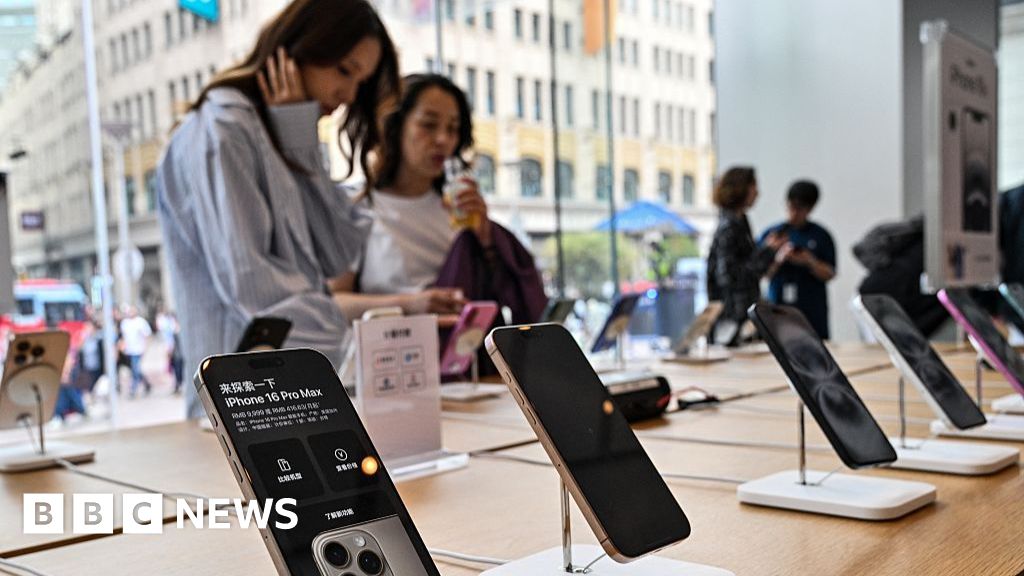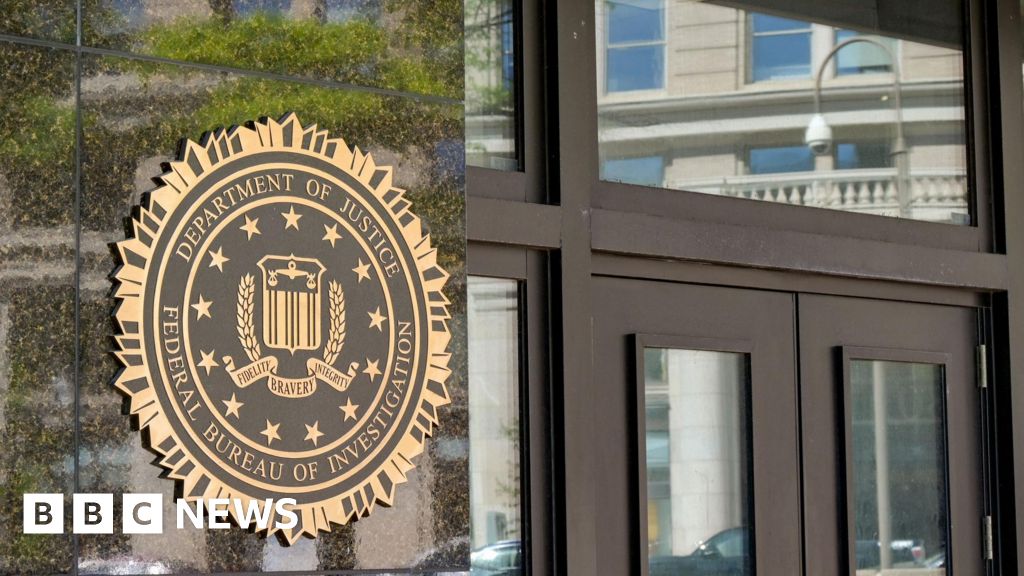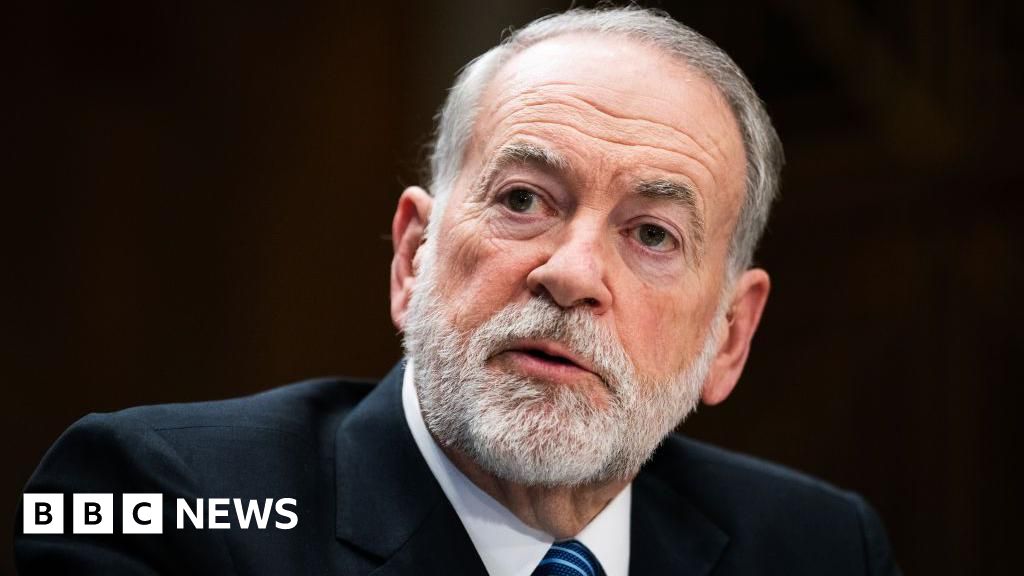They were hit by some of President Trump’s most punishing tariffs, in one case as high as 49 percent. The new levies threatened to cripple their economies, which have prospered by making sneakers and tech goods for American consumers.
So Southeast Asian countries like Cambodia and Vietnam rushed to appease Mr. Trump. They promised not to retaliate, unlike China and Europe. And they proposed to reduce or even eliminate their own tariffs on American imports.
On Thursday, the region woke up to the good news that Mr. Trump had paused his “reciprocal” tariffs. The president suggested he had reversed course because of the market turmoil they had caused. Still, Southeast Asia is doubling down on its conciliatory approach.
In a statement on Thursday, the economic ministers of the Association of Southeast Asian Nations, known as Asean, said the 10-country bloc was “united in the opinion that retaliation is not an option.” (The ministers were in Kuala Lumpur, Malaysia, for a meeting that had been previously scheduled.)
Despite Mr. Trump’s 90-day pause, the anxiety here is palpable. His tariffs, the Asean statement said, are “introducing uncertainty and undermining trust in the global trade system.” Millions of livelihoods in the region are on the line. Thailand’s finance minister, Pichai Chunhavajira, acknowledged that the White House had leverage over his nation in matters of trade.
“This is how you negotiate,” Mr. Pichai said in an interview. “You start with an extreme measure and then ease your demand along the way. We may have to comply.”
Mr. Pichai plans to visit Washington in the coming weeks and hopes to meet with Peter Navarro, Mr. Trump’s trade adviser; Jamieson Greer, his trade representative; and Howard Lutnick, the commerce secretary. His goal is to mitigate the 36 percent import tax that Mr. Trump plans to impose on goods made in Thailand once the pause is over.
Another Thai official warned that Bangkok should not rush into negotiations without understanding what Mr. Trump really wants.
“The problem is this: You go in too soon, and President Trump thinks he has all the cards,” said Supavud Saicheua, an adviser to Prime Minister Paetongtarn Shinawatra. “Remember, he’s playing poker, so timing is everything.”
Mr. Supavud added: “We are a small country. We don’t have that many cards.”
Mr. Trump’s tariffs have forced many countries in Southeast Asia to confront an existential dilemma: The stunningly successful export-driven model that has powered their economies for years is now under threat.
The U.S. trade deficit with Asean, in goods, was $228 billion last year. The bloc benefited enormously in recent years as companies moved some production to the region from China, after Mr. Trump, in his first term, imposed levies on China that continued under President Joseph R. Biden Jr.
That shift has led to deeper economic links with China, which could put the region in a tight spot in talks with the Trump administration.
“China is a very important player, we can’t ignore, and yes, some countries have problems with it,” Prime Minister Anwar Ibrahim of Malaysia said in closing remarks at the Asean meeting in Kuala Lumpur. “We continue to navigate in the best manner possible, to secure peace, security and obtain most benefits in terms of economy and investments.”
Malaysia’s neighbor Thailand has a trade surplus of about $45 billion with the United States. Mr. Pichai says Thailand is preparing to buy more agricultural products and natural gas from the United States. His goal, he said, is for Thailand to import $50 billion of U.S. products, up from about $20 billion currently.
Mr. Trump and White House officials have said they want to reduce the United States’ trade deficit with other nations. But for much less wealthy countries like those in Southeast Asia, closing that gap is virtually impossible.
Still, Vietnam said on Thursday that the Trump administration had agreed to its request to start negotiations on a reciprocal trade agreement. The Philippines said it had reached out to the United States to explore a possible free-trade deal.
One pressing question will be how far countries are willing to go to address a tactic that some companies use to avoid U.S. tariffs: sending finished goods from China to places like Vietnam and Thailand, where they are repackaged or relabeled and exported to the United States.
“That’s the area where there’s going to be a question mark,” said Peter Mumford, who analyzes Southeast Asia for the Eurasia Group, a consulting firm. “Is Southeast Asia really going to do enough in terms of concrete, verifiable steps that will assuage Washington?”
Mr. Pichai said Thailand would be “more cautious” about Chinese businesses operating in Thailand that export products to the United States.
Trinh Nguyen, an economist at Natixis, a French bank, said Thailand and its neighbors had little choice but to negotiate.
“It’s like you have a store and your No. 1 customer is acting in a way that is not the same as before,” she said. “You’re not going to say, ‘Go away, right? What you’re going to do is say: ‘Listen, what can I do to make you feel better?’”
Source link
















